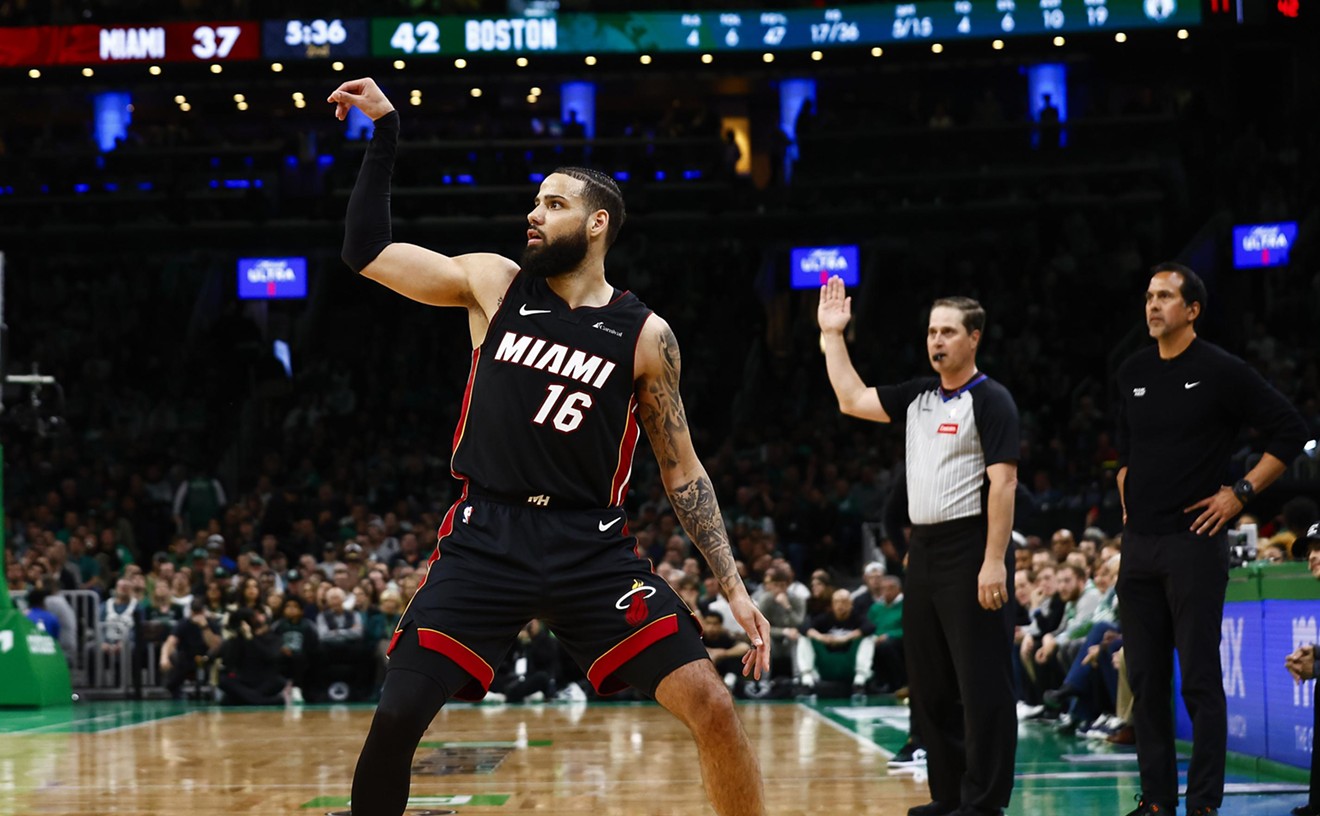When Paschal's family finally saw his film, the story of a suicidal gay high school student, their reaction was "total shock. Shocked that I had the drive to take on a topic that serious. And worry over the risks it involved, even at a progressive school like this one." Would it lead to nasty hallway encounters? his parents wondered. Would girls infer he was homosexual because he made a movie about a gay character? And when did their jock son whose idea of fine cinema consisted of exploding-fireball action flicks at the multiplex start caring about artistic effort?
Two years after it was finished, the film Paschal made along with a few fellow students is inspiring an entirely different variety of questions. The work, titled The Silent Type, won first prize in the first annual National Children's Film Festival for Youth, a competition sponsored by nine children's museums across the United States. Now People magazine is calling, wanting an interview.
"Bobby and I started with ideas like Star Trek parodies that would just let us use the cool special-effects equipment in the school studio," confesses Silent Type director Robert Villanueva. "All those buttons -- it's like a giant video game," he adds wistfully. "There's a thing called the luminous key that TV weathermen use that projects fantastic scenery behind the actor. All our plot ideas revolved around that big button."
But their third collaborator, Terrell McCraney, had other plans. A Liberty City resident determined to attend college in New York or Los Angeles as a drama major, McCraney needs a scholarship. "Winning contests will help get me one, and judges like dramas more than Star Trek spoofs," he says. "So I came up with an idea that's as serious as you can get."
And as Paschal and Villanueva discovered their own genuine talents -- molding light and shadow, matching music to mood -- their commitment to a serious work grew.
Students enrolled in the Center for Media Arts magnet program at South Miami High shoot brief news segments for the school's closed-circuit television system. Each semester they also develop special projects, breaking into small groups to create short films. Teacher Rudy Diaz gives technical advice but leaves the subject up to them. Villanueva, Paschal, and McCraney say that when they were brainstorming somber topics, they rejected some hot issues as too media-trendy. "We decided not to do a film about AIDS, because it's like a sponsored-by-McDonald's, afterschool-special issue," Villanueva grimaces. "There's always the good person who dies with their family around and the skanky one who's the big warning. We wanted really to go under the surface of everyday teenage life with some issue that would bring all the loneliness, the big fear of being an outsider, the creepy power-tripping to the top in an explosive way."
They realized there was one commonality of teenage experience: bullies. "We couldn't think of a single film that looks at the bully's effect on his victim," Villanueva goes on. "Anybody who's ever been the bully's chosen one can identify with The Silent Type -- you don't have to be black or gay."
His favorite scene is one in which McCraney brushes leaves from his mother's gravestone (the homemade prop is also a point of pride). Paschal stood on the roof of a house to film the enormous, empty sweep of grass to signal the suicidal character's isolation. It's the film's most technically ambitious moment, a money shot. But the collaborators accomplish the most difficult feat -- making the ostracized kid universal -- in one of the scariest settings in the American universe: the high school cafeteria. In that scene the school's popular basketball star buys the pariah a soda, then beats a hasty retreat at a friend's offhand remark about "the faggot." McCraney descends from elation to dignified pain in a few frames that capture the omnipresent yet ephemeral matter of teen social status.
Unlike the festival's other finalists, the partners favored subtlety over flash. (A film about juvenile delinquency features one actor after another screaming monologues at the camera in closeup, to somewhat disorienting effect.) They even jettisoned their beloved over-the-top ending, in which the hero comes to an assembly to recite a poem, then pulls out a gun and kills his tormentors. Not true to the character, they decided, even though the fake blood would have been an interesting touch.
Once completed, the project was forgotten until earlier this year, when the Miami Youth Museum, in search of local entries for the festival, solicited Dade's arts and media teachers. There were no guidelines for subject matter. Low-budget films were especially welcome, and the rules even allowed the year-old Silent Type to be entered. The local judges' panel included sculptor Robert Chambers, Museum of Contemporary Art director Bonnie Clearwater, and Jeff Beel of the Florida Film Institute.
Each of the nine museums selected six local films to send to the festival to compete for a total of $11,500 in prize money. (A national first, second, and third prize was offered in two different age groups, nine to twelve and thirteen to eighteen.) Among the final judges were Terri Tingle, a senior vice president at Turner Broadcasting; television journalist Linda Ellerbee; and Nicole Guillemt, vice president of Robert Redford's Sundance Institute.
"What impressed me first of all about The Silent Type was that the style was beautiful visually," Guillemt comments. "But second, it was the editing process. The character unfolded image by image, in a subtle yet compelling way."
Villanueva, Paschal, McCraney, and a fourth classmate, scriptwriter Christa Saunders (who moved to Alabama last year), split the $5000 first prize.
Until their film was selected to represent Miami, Paschal and Villanueva never considered film careers. Now they search the Internet for news of more festivals in which to enter their latest projects. McCraney, who now attends the New World School of the Arts, also works part-time putting on skits for kids at the Village, a local drug-treatment and counseling center.
"It's a tough room sometimes," he laughs. "I may be the only person in Liberty City who dreams about being in the arts, or at least says so out loud. But I knew when I was five years old and gave a speech on Martin Luther King's birthday that there's no feeling in the world like making a connection with an audience. Winning a prize for the movie was one more proof for me that I found the career I was meant to do. And I think Bobby and Robert feel that way too."
Last year Villanueva and Paschal split up and worked with other teams on their media arts films, and they say they were miserable as a result. "When I threw a great idea in the air to the new group, it would just fall like --" Paschal smacks his hand down. "There was no one to toss it around with, no one to spin it into something better. There were no sparks flying, no energy going. And something important I found out is that there's a lot of people working in creative fields who want each other to fail."
This year he and Villanueva are working together again. They say they'll do so as seniors, too, because they've stumbled onto a gift as valuable as talent: a colleague whose taste and integrity they can trust. "If you want to make work that will last, it's great to have that one person with a good ear to talk to," Villanueva smiles. "And it's as much fun as the luminous key.










